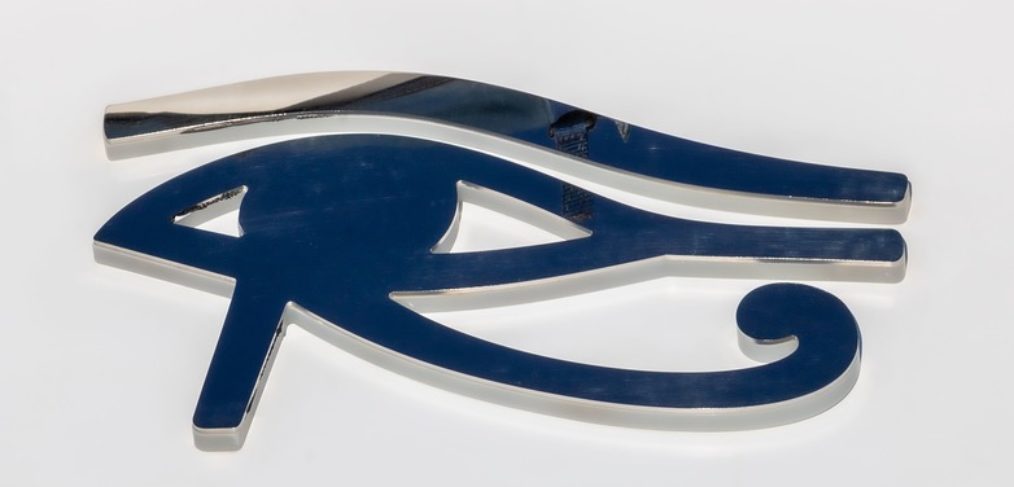
The magical pineal gland
This gland is a magical gland
Starting with sleep, the proper function of the pineal gland is fundamental.
It secretes melatonin, the sleep hormone, in response to the light-dark cycle. It’s regulated by the suprachiasmatic nucleus in the hypothalamus. It controls body temperature, hunger, thirst, fatigue, sleep, and circadian rhythms.
It’s also responsible for producing serotonin. Serotonin is your happy hormone and its functions include regulating mood, behaviour and digestion.
However, this gland, is much more than that.
According to our ancient ancestors and the wisdom tradition teachings, it is the key to higher states of consciousness.

In ancient Egypt, the pineal gland was known as the seat of the spirit or the soul. They used the third eye as a route to higher awareness and consciousness.
The Buddhists related it to spiritual awakening.
The Hindus connect it to the third eye which represents intuition and clairvoyance.
Jesus said that the eye is the lamp of the body and if the eye is clear, your body will be filled with light. This relates to the eye of intuition (pineal gland) and seeing things clearly and in truth.
In the book of revelation, those with the sign of the beast on their forehead symbolised the closed down pineal gland meaning spiritual death.
There’s good scientific reasons for the ancients viewing the pineal gland in this way and scientists are now making discoveries which support the miracles of this gland.
During ecstatic states people report seeing light and colours.
Research shows that this gland has photo receptors in it and it’s actually lined with similar tissues as the retina. It also has the same wiring to the visual cortex in the brain as the eyes.
There are tiny floating crystals in the pineal gland that vibrate when under pressure and give off light. This is called piezoluminescence and is well documented in research papers.
Instead of a simple gland, it’s a magical gland
Gottfried de Purucker (2011) published in the book ‘Man in Evolution’ said that “whenever we have a hunch, the pineal gland is vibrating gently; when we have an intuition, or an inspiration, or a sudden flash of intuitive under-standing, it vibrates more strongly”
There are a large number of environmental stresses that affect the pineal function, such as irregular light and dark rhythms, EMF, sound, nutritional imbalance, build up of fluoride, high altitude and daily stress.
“Fluoride is likely to cause decreased melatonin production and to have other effects on normal pineal function, which in turn could contribute to a variety of effects in humans.” (National Research Council 2006).
Top three pineal gland boosting tips
Purify
Eat clean organic food that have purifying properties like raw cacao, organic honey, spirulina, zeolite, apple cider vinegar and vitamin D.
Meditate
By bringing your awareness to the pineal gland you’ll bring energy to it. Try visualising an illuminated pineal gland. The pineal gland is 12cm in from the root of the nose going towards the back of the head and 5cm up.
Sound
The pineal gland responds to vibration. Humming like a bumble bee creates a beautiful calming vibration to the nervous system and stimulates the pineal gland. All you need to do is close your eyes, inhale and on the exhale hum like a bumble bee for 21 breaths.
You’ll feel calm and your mind will feel refreshed.
Listen to your intuition
Experiment with listening to your intuition more and having the courage to follow the messages coming from your intuition. I’m sure you’ll have had the experience of going against your intuition, looking back and wishing you’d had the courage to listen to your gut!

This was informative. I especially appreciate the reference to Jesus words about the eye being the light of the body. I have often wondered what he was referring too. Thank you.
So glad you found it informative.
I’m researching this amazing gland your information is priceless to my research ! Thank you !
Great, so glad you found it useful!
Bill Donahue has a very informative channel about the physical body and spiritual development.
Dr. Joe Dispenxa has a wealth of knowledge on the subject also infor on activating the electro magnetic crystals in the pinneal gland
Love this info. Thank you. Aligning Thankyou
Glad you found it useful.
When I’m having trouble sleeping I slow my breathing, breath deeply and begin to visualize first “black light” which with time turns to a a sort of hazy white light…..not bright. Usually with that light I fall asleep.
So useful!
I wonder if chanting Ohm was and is a way of stimulating the pinneal gland as its similar to the humming of a bumble bee and were out ancestors somehow aware of this and how did they come about this realization. The bible truly
holds so many answers to the mystery of life. Thanks for a great article.
Yes, I would say chanting Om is definitely a way of stimulating the pineal gland!
I found this facinating
Beautiful! Ty
When I was a small child – I am now 79 – I was able to shut my eyes and see very clearly all manner of things. By the age of 7, however, this ability ceased. I wonder whether this was due to the start of calcification of the Third Eye. Also, I used, at the same young age, to lie in the dark and watch a sequence of scenes unfolding. This was NOT a dream, and it was always the same. Again, this stopped when I was about 7. I am currently following an online programme to improve my memory – not that it is bad for my age – as well as awaiting delivery of a herbal mixture that is said to open the pineal gland, to decalcify it. I would like to use whatever enhancement of my brainpower occurs in the Reiki healing I give to people. I am also hoping that both the memory improvement and the unblocking of the Third Eye will help to inspire me to resume my poetry writing. I am a published poet and enjoy taking part in poetry readings. Listeners tell me that I have a lovely reading voice, so I want to use it!
Very interesting Jenny, I think all we can do with the current knowledge is our best, but also to be curious and ask questions! Very best wishes